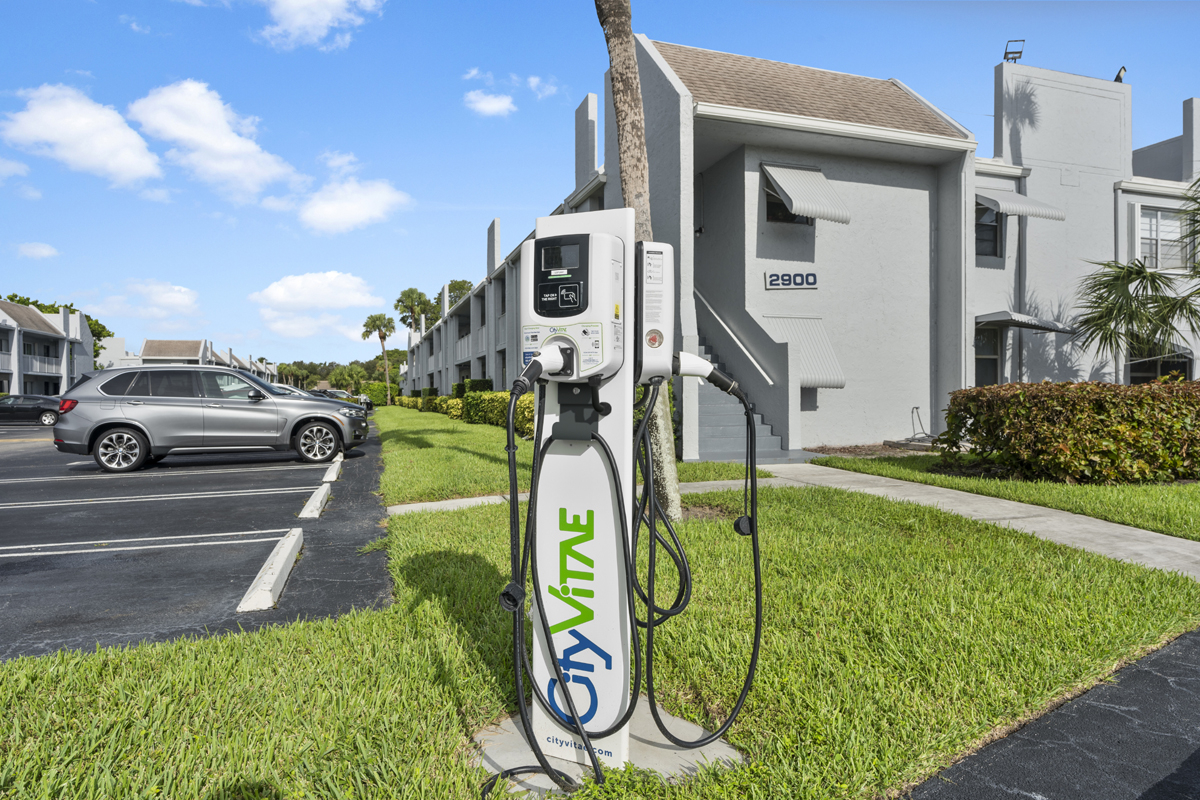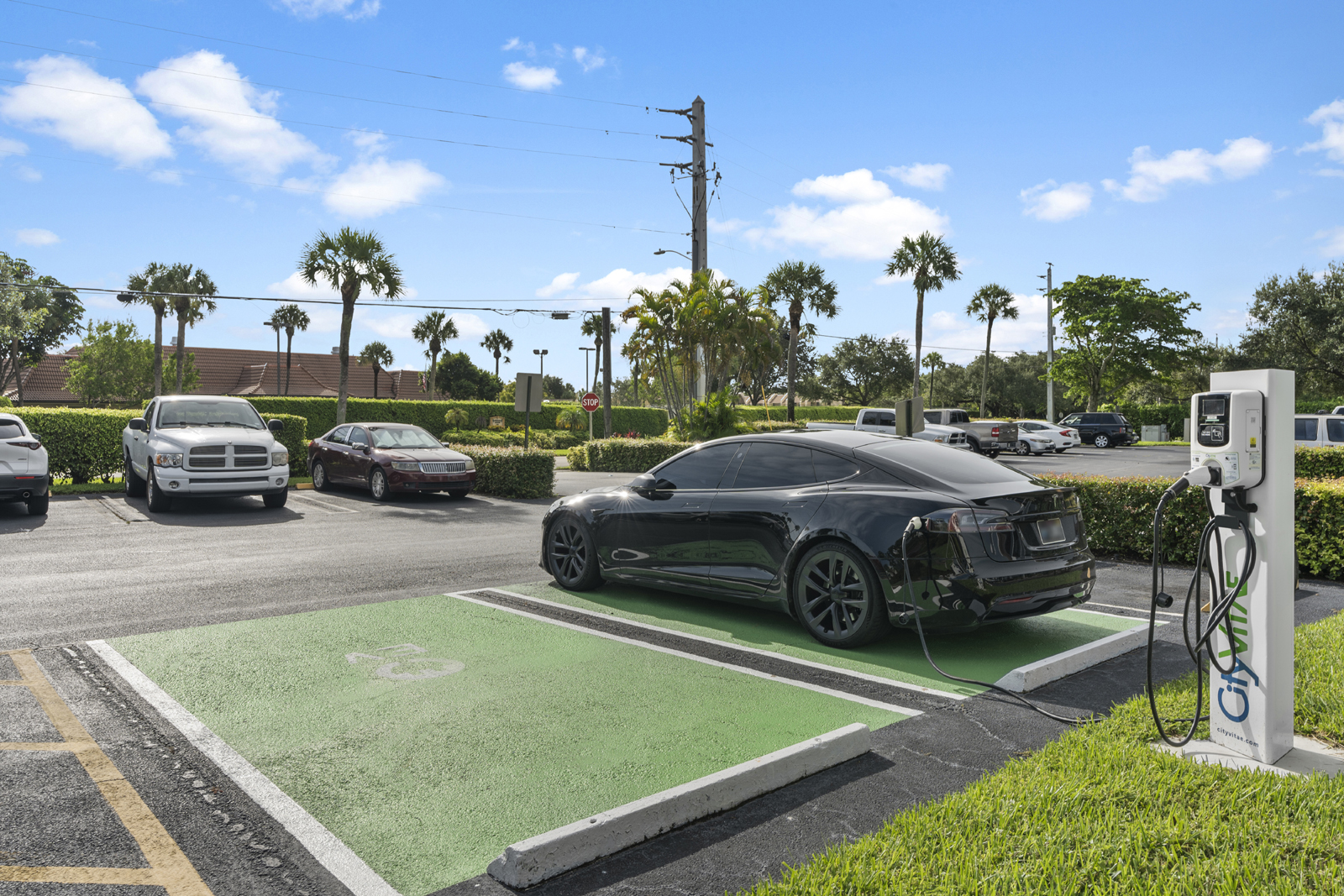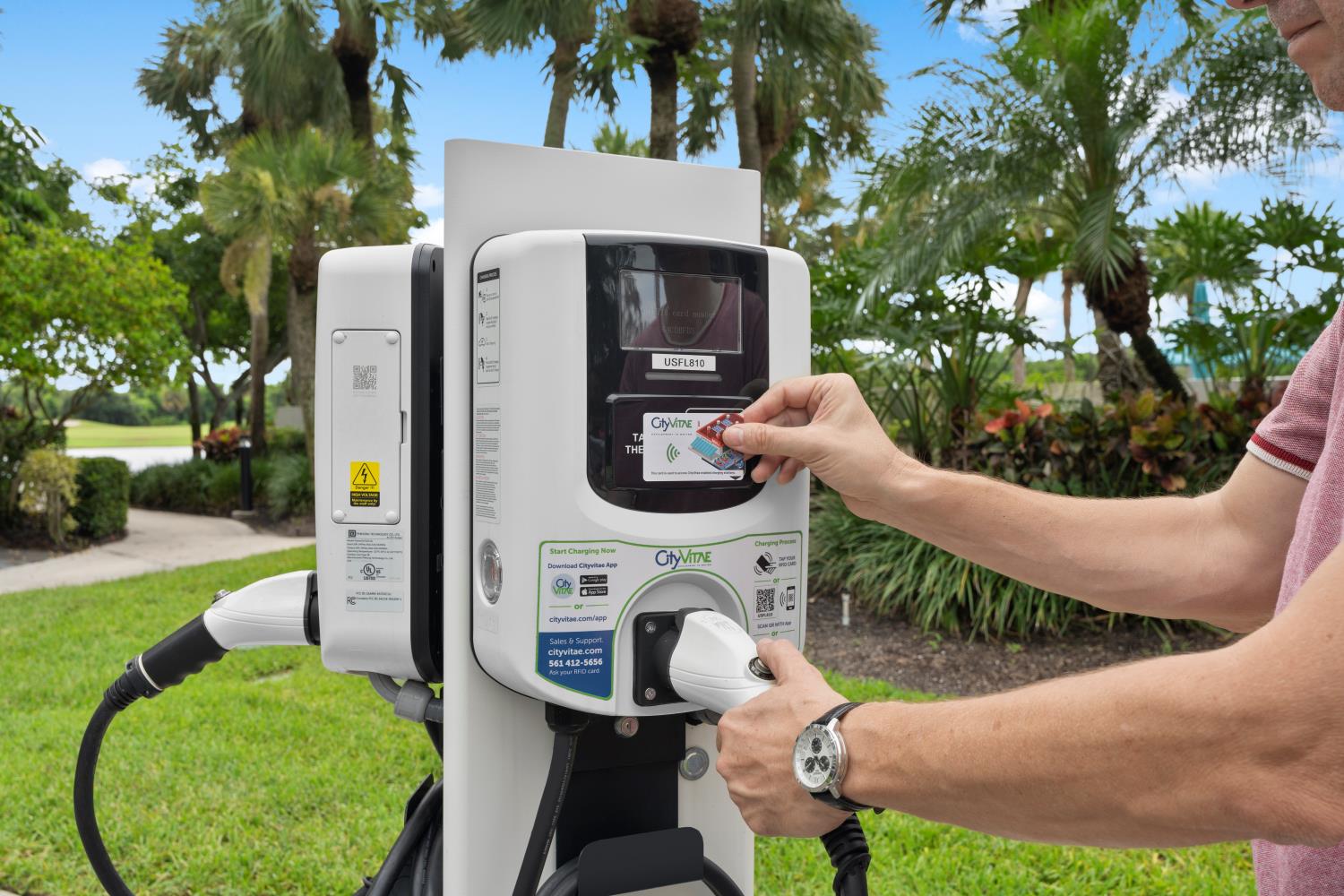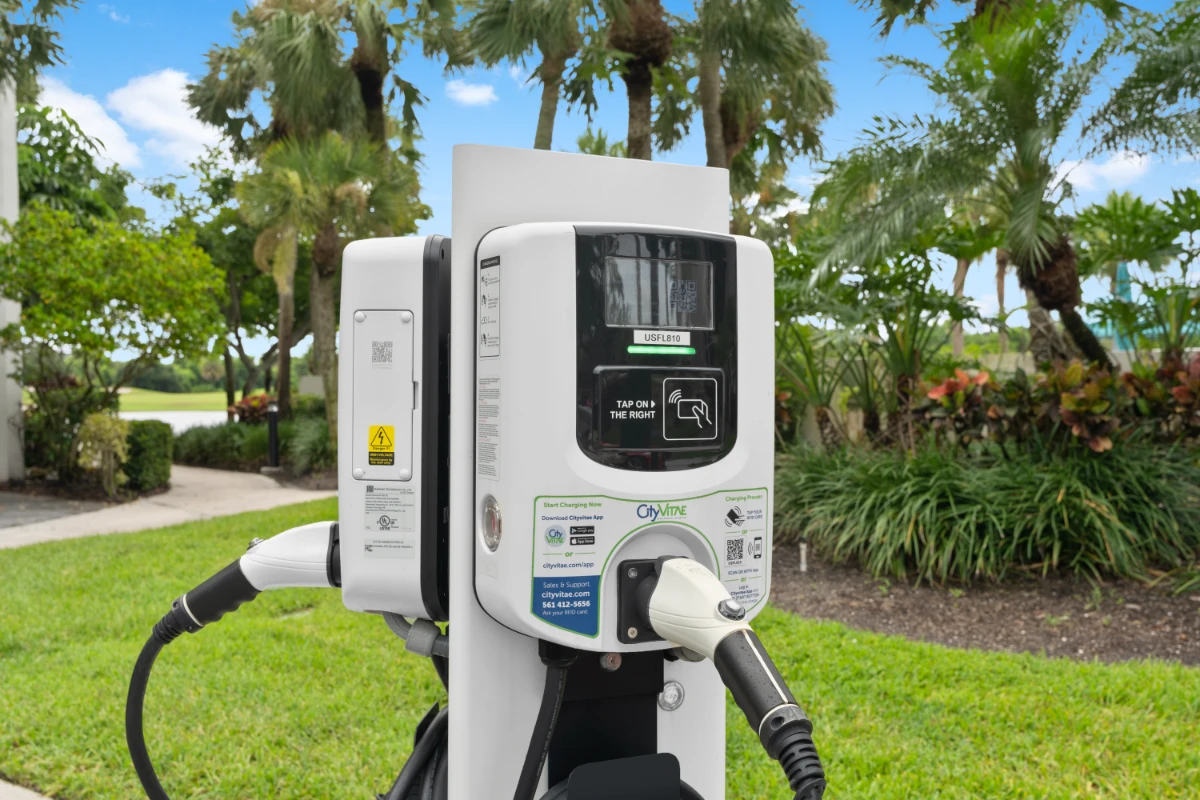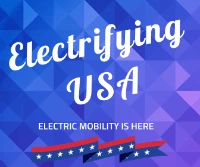As electric vehicles (EVs) become more prevalent, Homeowners Associations (HOAs) are increasingly faced with the challenge of integrating EV charging infrastructure.
This Q&A style article dives into common obstacles encountered by HOAs and offers solutions to address these challenges effectively.
1. How Can HOAs Offer Ample Charging Solutions with Limited Parking Spaces?
In HOAs, a shared charging approach in common areas can efficiently cater to a larger group of drivers than may be expected. While dedicating a charger for every driver may seem ideal, over-allocating dedicated spaces isn’t cost-effective or practical for the entire community. Allocating a charger per driver can also quickly exhaust power capacity, forcing HOAs to incur additional costs for utility company infrastructure upgrades.
The shared charging model involves installing a limited number of accessible chargers in a common area (guest parking or other) and implementing a reservation system or rotational schedule for equitable access. When tailored specifically to the HOA and implemented properly, this system of just a few chargers can support 20-30 drivers per charger.
This allows for a more flexible and scalable charging infrastructure, accommodating a growing number of EV users without overwhelming available space. If physical space limitations persist and more drivers need to be allocated to a small number of chargers, CityVitae’s Smart Charging Technology has the capability to expand the number of drivers public charging spaces can serve.
2. How Can HOAs Optimize Existing Electrical Infrastructure to Avoid Limitations?
Electrical capacity can often be a limiting factor in installing sufficient charging stations. CityVitae addresses this by implementing dynamic power-sharing technology.
Power-sharing allows for the installation of more charging stations than would be possible with traditional setups, enabling more residents to charge their vehicles without the need for extensive electrical upgrades.
A Smart Charging system prioritizes charging based on immediacy of need, duration, and vehicle type to optimize charger usage. For example, if one car is at 90% charge and an EV with 15% charge plugs into the charging network, more power will be allocated towards the vehicle with less charge.
The system can also track usage patterns to further refine scheduling and access policies, ensuring efficient turnover and maximum utilization of the available charging infrastructure. Such systems can be managed through the CityVitae app, which allows residents to book charging slots in advance and property managers to monitor and optimize usage.
3. How Can HOAs Achieve Consensus Among the Board and Residents?
Gaining consensus among residents, especially in diverse communities, is crucial for successful EV charger implementation. Demonstrating the added value of EV charging to the entire HOA community, not just EV drivers, is essential.
To achieve this, it’s important to conduct educational sessions that highlight the long-term benefits in regards to increasing property value and the community’s appeal to new residents. Providing clear calculations on return on investment (ROI) and showcasing success stories from other HOAs can help persuade skeptical residents and board members.
CityVitae understands that every HOA has different needs, and offers a range of installation programs designed to cater to the varied demands of our residential communities.
To further educate communities, CityVitae hosts specialized webinars that detail the perks of EV charging for different communities. If you’re interested in organizing a webinar for your HOA, contact us today!
4. What Role Does Internet Play in EV Charging?
While having reliable charging hardware is obviously important, this element itself is often less crucial than the overall system management.
The key to creating a great charging system is how it is handled, especially in reacting to operational issues, communicating with drivers, and sending account summaries. This requires robust internet connectivity to maintain a constant link between charging stations, servers, drivers, and hosts.
Efficient internet connectivity ensures that every part of the system works harmoniously, providing a seamless and responsive charging experience for both drivers and HOA managers.
5. How Can HOAs Navigate Structural Obstacles in EV Charging Installations?
A critical aspect of EV charging installations for HOAs is locating an optimal parking space near the electrical room. Given that installation typically incurs the highest costs in these projects, proximity to the electrical room is essential for cost efficiency.
Sometimes, this involves creating new parking spaces, particularly in older or uniquely designed structures, where finding suitable locations can be challenging.
Prioritizing the right space is key to ensuring a smooth and efficient installation process, reducing the need for extensive remodeling or electrical modifications not only now, but as you grow your charging infrastructure in the future.
